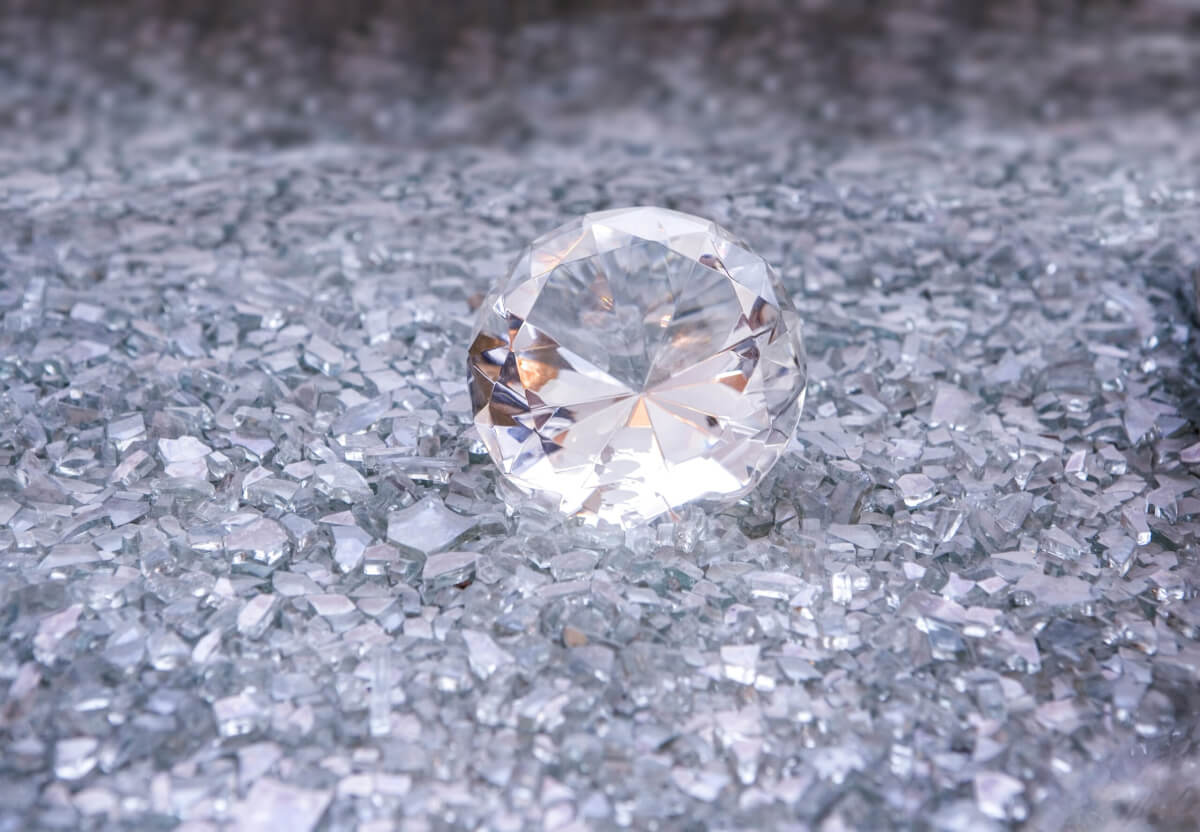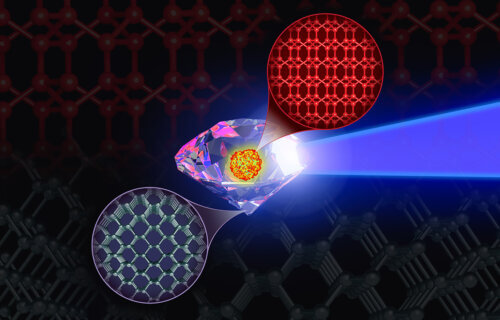💡What To Know:
- A supercomputer reveals it’s possible to create a material harder than diamonds.
- This substance, the BC8 crystal phase of carbon, is believed to exist on distant planets.
- Scientists may soon be able to synthesize BC8 crystal in a lab, just like diamonds.
TAMPA, Fla. — Is there something even more precious than a diamond? A team of theoretical scientists may soon upend what we know about the material world. Researchers from the University of South Florida and Lawrence Livermore National Laboratory have made significant progress in their quest to create a material they predict will be harder than diamonds. Known as the BC8 crystal phase of carbon, it could revolutionize various industries due to its superior strength and resistance to compression.
The findings are published in The Journal of Physical Chemistry Letters.
Diamond has long been celebrated as the hardest natural material on Earth, used in cutting tools, jewelry, and scientific equipment. However, the BC8 crystal — a distinct form of carbon not found naturally on Earth — promises to outdo diamond by offering a 30-percent greater resistance to compression. This elusive material, believed to exist deep within carbon-rich exoplanets under extreme pressures of over 10 million atmospheres, has captured the imagination of scientists and engineers alike.
“The BC8 phase of carbon at ambient conditions would be a new super-hard material that would likely be tougher than diamond,” says study senior author Ivan Oleynik, a physics professor at the University of South Florida, in a media release.

Despite numerous attempts, this carbon phase has evaded synthesis in laboratory settings, challenging researchers to rethink their approach.
“But we believe it may exist in carbon-rich exoplanets,” notes study co-author Marius Millot, a scientist at Lawrence Livermore National Laboratory.
Researchers embarked on a journey to understand BC8’s properties and synthesis potential using advanced simulations. Leveraging Frontier, the world’s fastest exascale supercomputer, the team performed multi-million atomic molecular-dynamics simulations. These simulations are crucial for understanding how billions of carbon atoms behave under the extreme pressures and temperatures necessary for BC8’s formation.
One of the reasons diamonds are so hard is due to their structure, where each carbon atom forms a perfect tetrahedron with four neighbors, creating an extremely stable and strong configuration.
“The BC8 structure maintains this perfect tetrahedral nearest-neighbor shape, but without the cleavage planes found in the diamond structure,” explains study co-author Jon Eggert, a scientist at Lawrence Livermore National Laboratory.

The study’s breakthrough lies in its detailed prediction of the conditions required to synthesize BC8. Previously, the narrow range of pressures and temperatures within which BC8 could theoretically be created had eluded researchers. Now, with a clearer understanding of these conditions, the team is optimistic about overcoming previous challenges and eventually synthesizing BC8 in the lab.
“By efficiently implementing this potential on GPU-based (graphics processing unit) Frontier, we can now accurately simulate the time evolution of billions of carbon atoms under extreme conditions at experimental time and length scales,” says Oleynik. “We predicted that the post-diamond BC8 phase would be experimentally accessible only within a narrow high-pressure, high-temperature region of the carbon phase diagram.”
The quest to create a “super-diamond” is not just a scientific curiosity but has practical implications. A material tougher than diamond could lead to advancements in manufacturing, space exploration, and technology, offering unparalleled durability and efficiency.
The research was funded by the National Nuclear Security Administration.
StudyFinds’ Matt Higgins contributed to this report.
